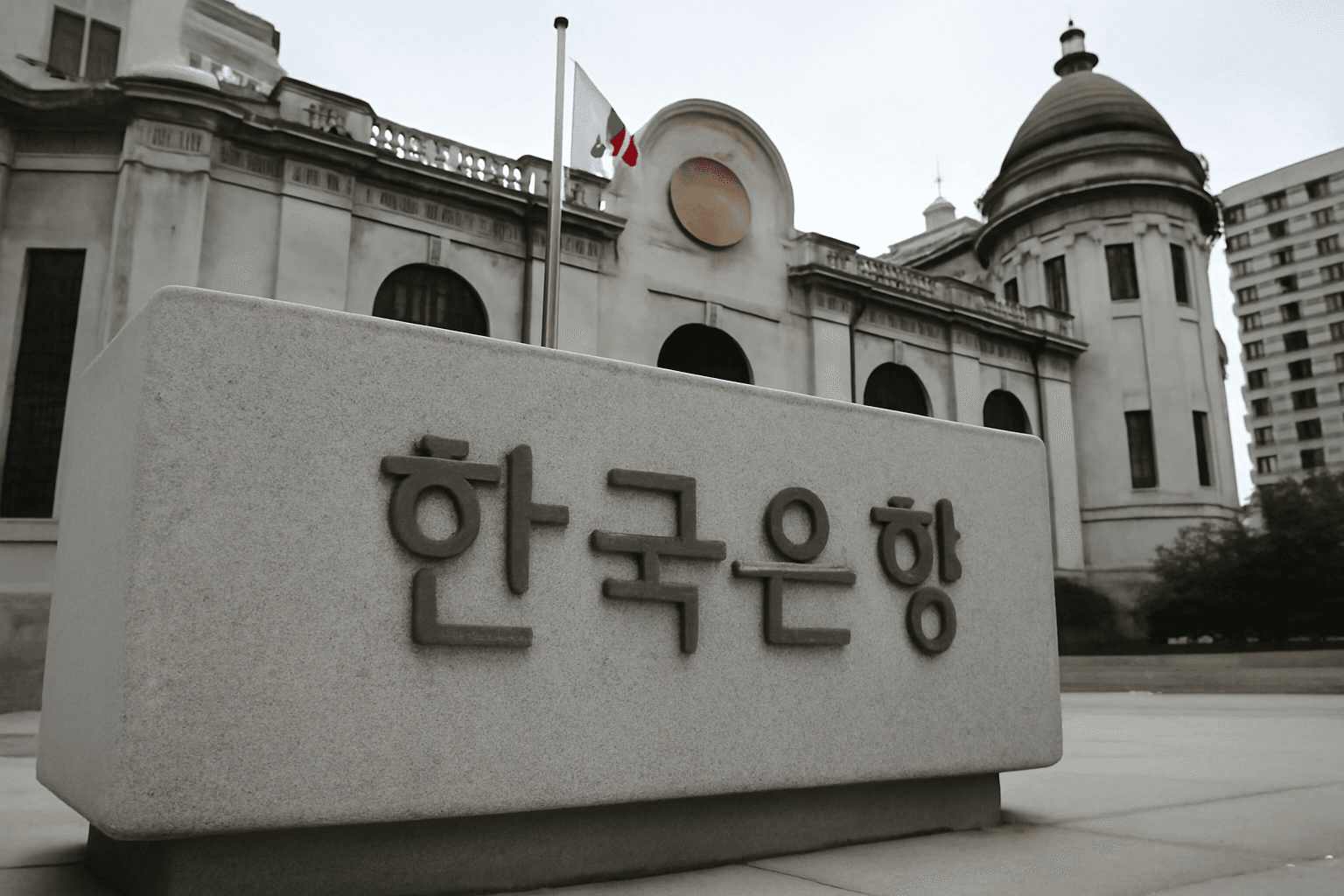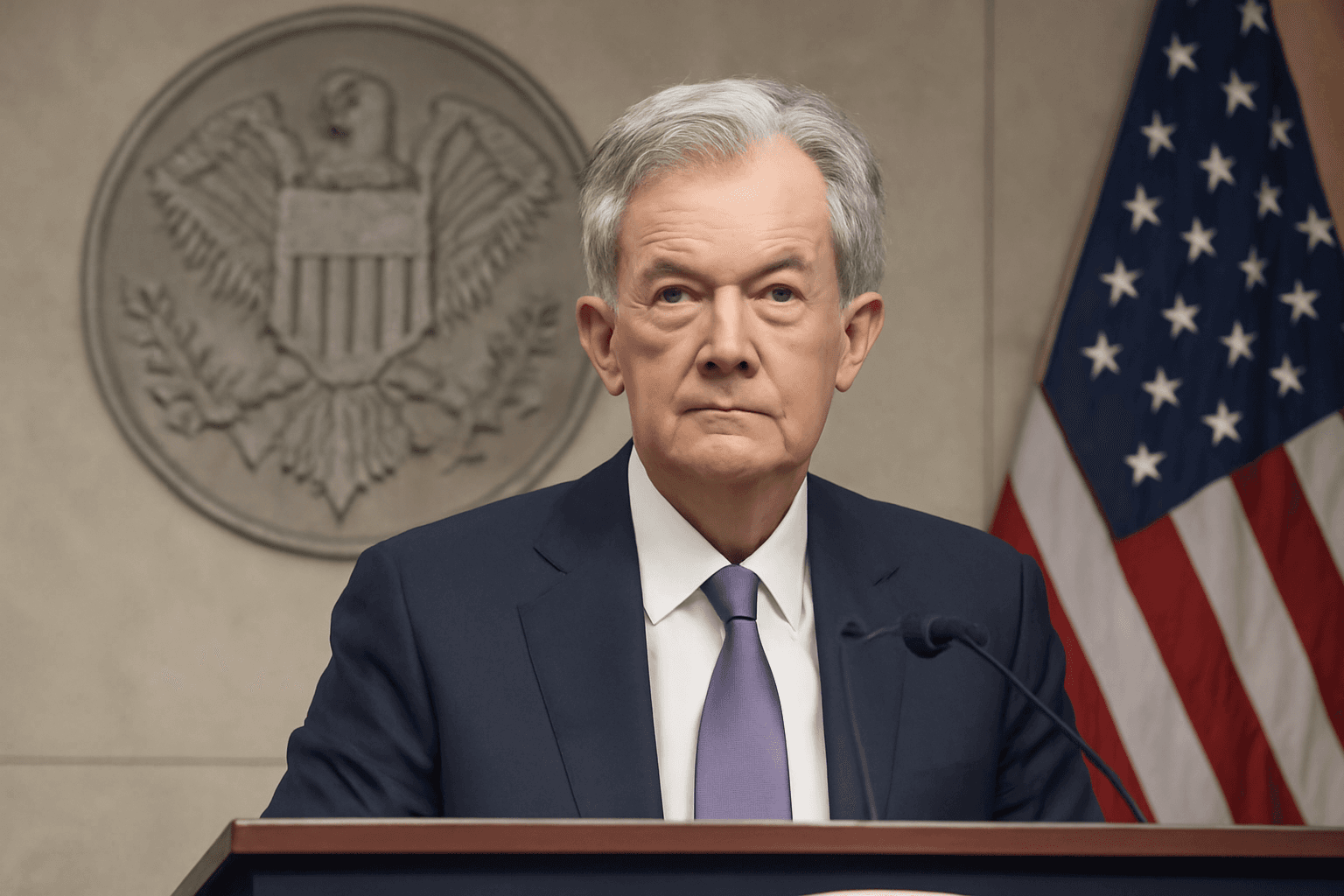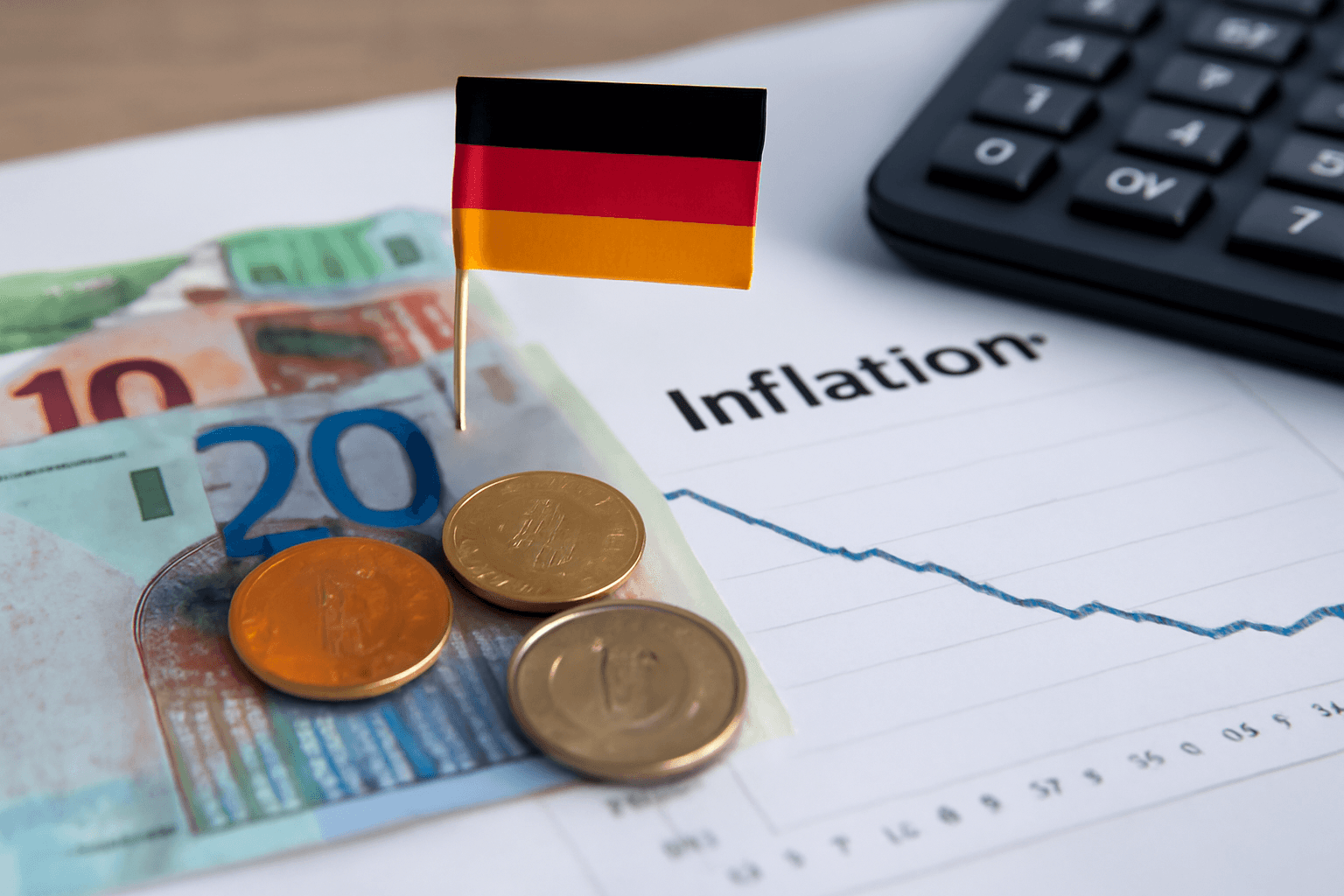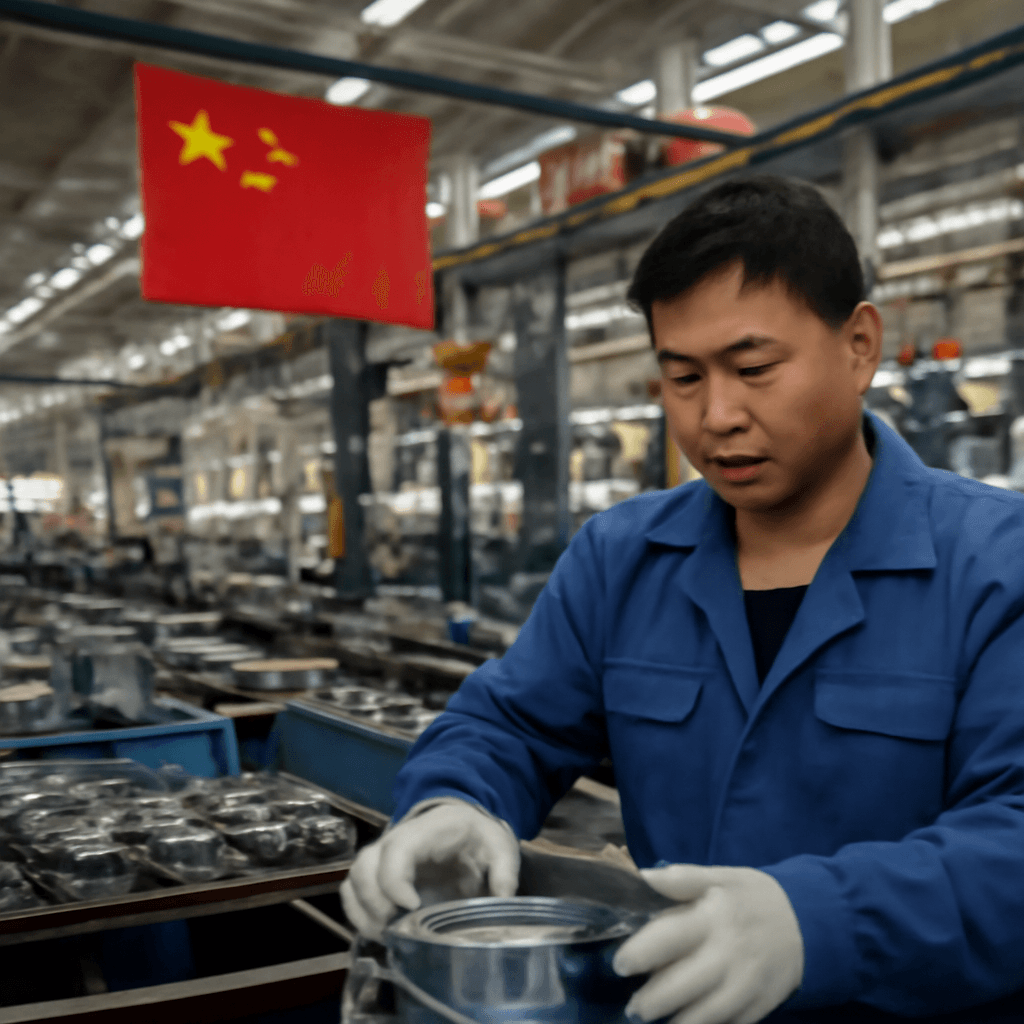Singapore Inflation Stabilizes at Lowest Level in Over Four Years
Singapore’s headline inflation rate remained steady at 0.8% in June 2025, marking the lowest level seen in more than four years. This figure came in slightly below economist forecasts of 0.9%, signaling a subdued price pressure environment as the country approaches its much-anticipated monetary policy announcement later this month.
Core Inflation Remains Unchanged, Reinforcing Monetary Flexibility
Stripping out volatile components like private transport and accommodation costs, core inflation held firm at 0.6%, underscoring broadly contained underlying inflationary pressures. This softness in inflation paves the way for the Monetary Authority of Singapore (MAS) to potentially adjust its monetary stance, possibly easing policy to bolster economic growth amid growing global uncertainties.
The Monetary Authority of Singapore’s Outlook
In its recent statement, MAS highlighted that "core inflation eased significantly to below 1% in the first five months of 2025, coming in below expectations." The central bank projects that core inflation will average between 0.5% and 1.5% for the full year — a considerable moderation from 2024’s 2.8% average.
Despite Singapore having logged strong GDP growth figures of 4.1% and 4.3% year-on-year in the first two quarters, MAS remains cautious. It maintains a conservative forecast of full-year GDP growth ranging between 0% and 2%, reflecting an anticipation of headwinds ahead.
Expert Insights: Navigating Global Headwinds
Analysts at Bank of America suggest that MAS’s caution stems largely from concerns over an unpredictable global economic environment. In a July 16 note, they observed that "domestic consumption and investment are expected to soften during the second half of 2025, compounded by trade tariffs which will dampen production and exports with a lag."
Economist Shivaan Tandon of Capital Economics adds further nuance, noting that Singapore’s reliance on export-driven growth exposes it to global demand shocks. He predicts that after an initial surge fueled by front-loaded exports, both the export-oriented services sector and manufacturing output are poised to decelerate in the coming months.
Why Singapore’s Economic Outlook Matters Globally
Singapore stands as a vital node in global trade networks, with exports accounting for nearly half of its GDP in 2024, according to World Bank data. The city-state’s economic performance often acts as a bellwether for broader regional and global trends.
- Trade-dependent economy: Vulnerable to global demand fluctuations.
- Monetary policy signals: MAS’s upcoming decision could influence financial markets across Asia.
- Inflation control: Persistent low inflation may allow for monetary easing, supporting domestic growth.
Looking Ahead: The Monetary Policy Decision
With inflation indicators pointing to a cooling trend, MAS may consider loosening monetary policy as a buffer against an uncertain global landscape. Such a move would aim to stimulate domestic demand without stoking inflationary pressures.
However, the delicate balance MAS must strike—between supporting growth and maintaining price stability—raises critical questions on how Singapore will navigate potential external shocks and internal vulnerabilities.
Key Questions to Watch
- Will MAS’s policy move signal increased flexibility to support growth amid tepid global demand?
- How will ongoing geopolitical tensions and tariff regimes impact Singapore’s export-dependent economy?
- Can domestic consumption offset expected weaknesses in exports and manufacturing activity?
Editor’s Note
Singapore’s inflation data and cautious outlook highlight the perennial tension faced by small, open economies in today’s unpredictable global environment. As the Monetary Authority of Singapore prepares to announce its monetary policy stance, market watchers and policymakers alike should consider both external and internal factors shaping the city-state’s economic trajectory. Beyond headline figures, the nuanced interplay of inflation control, trade dynamics, and growth prospects provides a compelling lens for understanding Singapore’s strategic economic positioning in 2025 and beyond.












